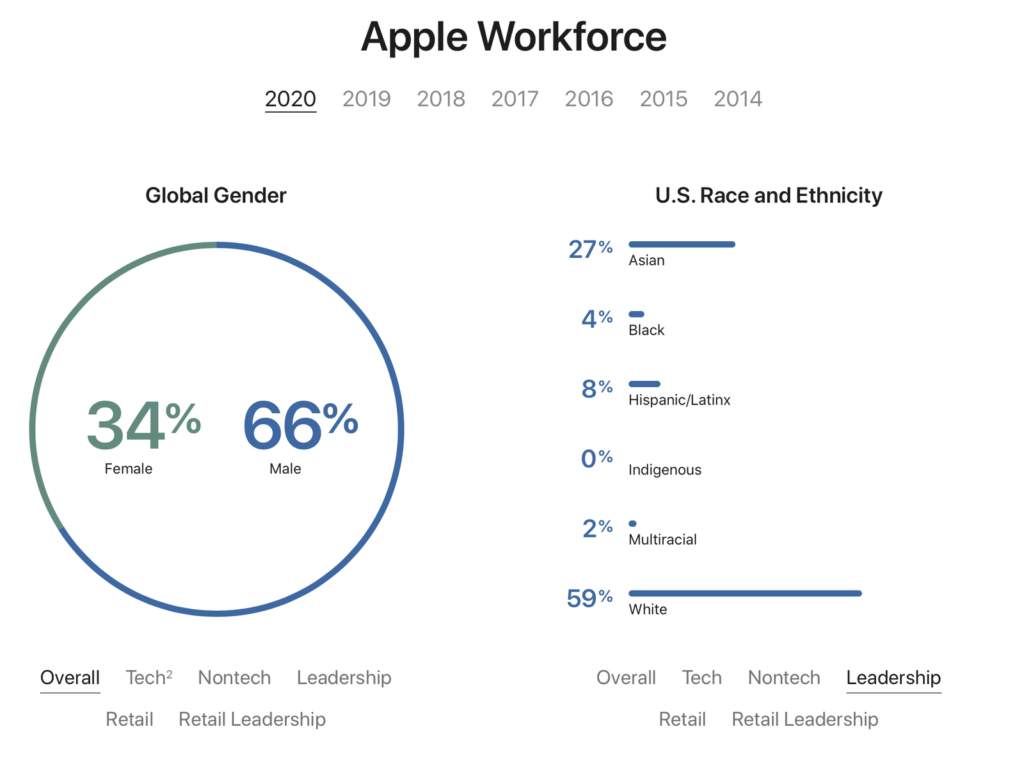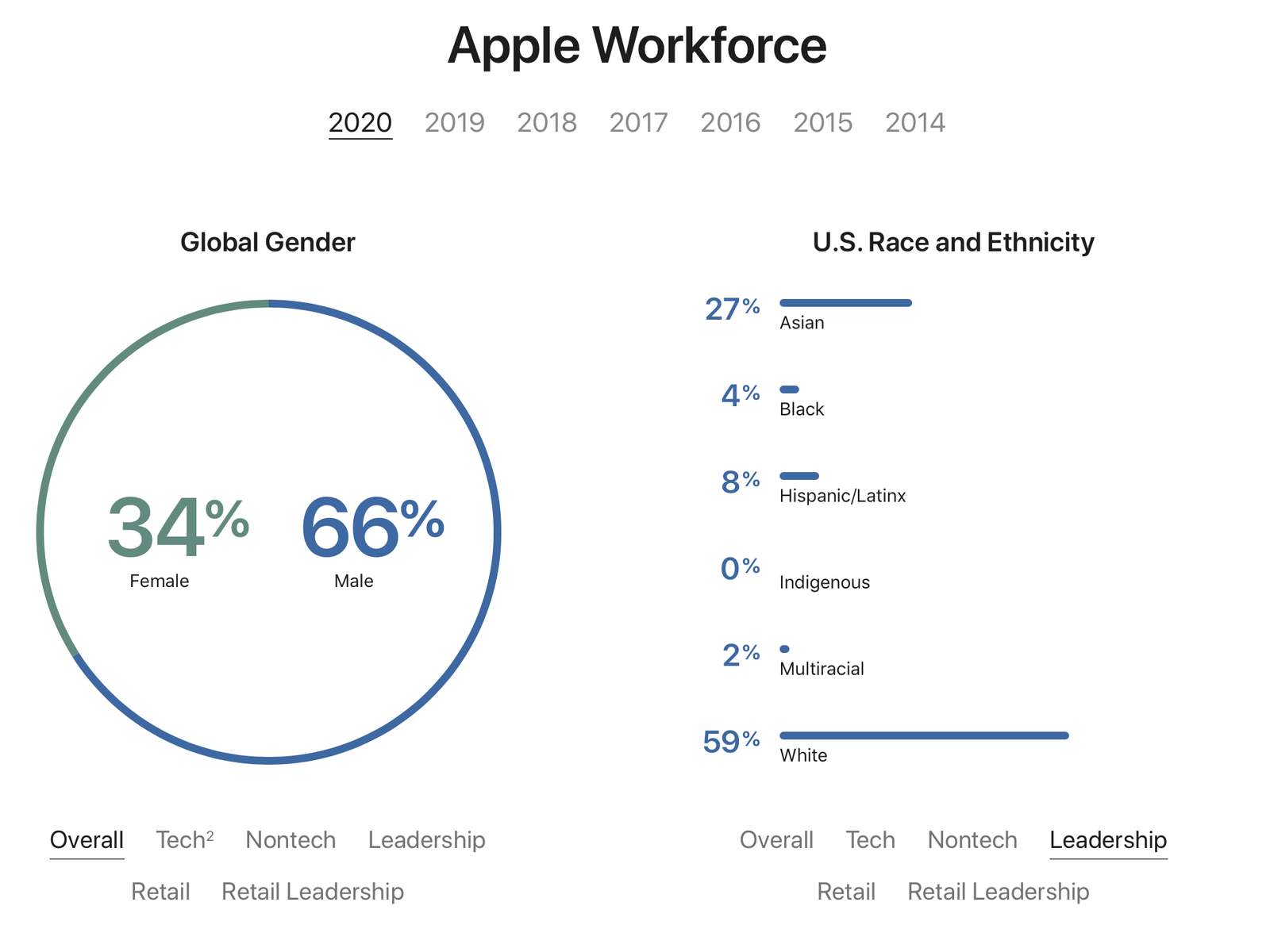
How Many Employees Work for Apple in 2024? A Deep Dive
Apple, a tech giant synonymous with innovation and sleek design, has a global presence that extends far beyond its iconic products. One frequently asked question revolves around the sheer scale of its operations: How many employees work for Apple? Understanding the company’s workforce size provides insight into its operational capacity, global reach, and economic impact.
As of late 2023 and heading into 2024, Apple directly employs approximately 161,000 full-time employees. This figure encompasses a wide range of roles, from retail staff in Apple Stores to engineers designing the next generation of iPhones and MacBooks. This number reflects employees in corporate offices, retail locations, and various other facilities across the globe. It’s important to note that this number represents full-time employees and doesn’t include the vast network of contractors and part-time workers who also contribute to Apple’s success. Apple’s workforce is a diverse and highly skilled group of individuals, crucial to the company’s continued success and innovation. The actual number may fluctuate slightly depending on seasonal hiring and other factors, but 161,000 offers a solid benchmark.
Breaking Down Apple’s Workforce
To truly appreciate the scale of how many employees work for Apple, it’s helpful to break down the workforce by function and geography. Apple’s employees are spread across numerous departments, each playing a vital role in the company’s operations. Understanding the distribution of these employees can shed light on Apple’s strategic priorities and areas of focus.
Retail Employees
A significant portion of Apple’s workforce is dedicated to its retail operations. Apple Stores, located in prime locations around the world, serve as a crucial touchpoint for customers. These stores not only showcase Apple’s products but also provide a personalized customer experience. The employees working in these stores are responsible for sales, customer service, technical support, and a variety of other functions. The number of retail employees fluctuates depending on the number of stores in operation and seasonal hiring trends. Apple’s retail presence is a key part of its brand identity and customer relations.
Engineering and Development
At the heart of Apple’s innovation lies its engineering and development teams. These teams are responsible for designing and developing Apple’s hardware, software, and services. From the iPhone and iPad to macOS and iOS, Apple’s products are the result of countless hours of work by highly skilled engineers, designers, and developers. These employees work on everything from chip design and operating system development to user interface design and software applications. The commitment to research and development is a cornerstone of Apple’s strategy.
Corporate and Administrative Staff
In addition to retail and engineering, Apple also employs a large number of corporate and administrative staff. These employees handle functions such as finance, marketing, human resources, legal, and operations. They are responsible for ensuring the smooth functioning of Apple’s business and supporting the company’s overall strategic goals. A robust corporate structure is essential for managing a global company like Apple.
Geographical Distribution
How many employees work for Apple also varies significantly by region. While Apple is headquartered in Cupertino, California, the company has a global presence with employees in numerous countries around the world. The United States accounts for a significant portion of Apple’s workforce, but the company also has a large number of employees in Europe, Asia, and other regions. Apple’s global reach allows it to tap into a diverse pool of talent and serve customers in different markets. Apple’s international operations are a crucial component of its overall success.
The Impact of Apple’s Workforce
The sheer size of Apple’s workforce has a significant impact on the global economy. Apple is one of the largest employers in the world, and its employees contribute to economic growth through their spending and tax payments. In addition to its direct employees, Apple also supports a vast ecosystem of suppliers, contractors, and partners, further amplifying its economic impact. Apple’s influence extends far beyond its own employee base.
Economic Contributions
Apple’s employees generate significant economic activity in the regions where they live and work. Their spending supports local businesses, and their tax payments contribute to public services. Apple also invests heavily in education and training programs, further boosting the skills and capabilities of its workforce. [See also: Apple’s Economic Impact Study]. The company’s commitment to social responsibility further enhances its positive impact on society.
Innovation and Technological Advancement
Apple’s workforce is a driving force behind innovation and technological advancement. The company’s engineers and developers are constantly pushing the boundaries of what is possible, creating new products and services that transform the way people live and work. Apple’s commitment to research and development has made it one of the most innovative companies in the world. Apple’s innovations often set new standards for the tech industry.
Corporate Culture
Apple’s corporate culture plays a crucial role in attracting and retaining top talent. The company is known for its demanding but rewarding work environment, where employees are encouraged to think creatively and challenge the status quo. Apple’s culture of innovation and excellence has helped it attract some of the brightest minds in the world. A strong corporate culture is essential for driving employee engagement and productivity.
Factors Influencing Apple’s Employee Count
Several factors influence how many employees work for Apple at any given time. These factors include the company’s strategic priorities, market conditions, and technological advancements. Understanding these factors can provide insights into the potential future growth and evolution of Apple’s workforce.
Strategic Priorities
Apple’s strategic priorities play a significant role in determining its workforce size. As the company expands into new markets and develops new products and services, it needs to hire additional employees to support these initiatives. For example, Apple’s expansion into the automotive industry with Project Titan has led to the hiring of engineers and designers with expertise in automotive technology. Strategic initiatives often require significant investments in human capital.
Market Conditions
Market conditions also influence Apple’s employee count. During periods of economic growth, Apple may increase its hiring to meet growing demand for its products and services. Conversely, during economic downturns, Apple may slow down hiring or even implement layoffs to reduce costs. Economic cycles can have a direct impact on hiring practices.
Technological Advancements
Technological advancements can also impact Apple’s workforce size. As new technologies emerge, Apple may need to hire employees with expertise in these areas. For example, the rise of artificial intelligence has led to increased demand for AI specialists. Apple’s ability to adapt to technological change is crucial for maintaining its competitive edge. Staying ahead of the curve requires continuous investment in new skills and talent.
Comparing Apple’s Workforce to Other Tech Companies
To put Apple’s workforce size into perspective, it’s helpful to compare it to other major tech companies. Companies like Microsoft, Amazon, and Google also employ large numbers of people, but their workforce sizes vary depending on their business models and strategic priorities. Understanding these differences can provide insights into the unique characteristics of each company. [See also: Comparative Analysis of Tech Company Employee Numbers]. The scale of these companies reflects their global reach and impact.
Microsoft
Microsoft, another tech giant, employs a significant number of people. While the exact number fluctuates, Microsoft’s workforce is comparable to Apple’s. Microsoft’s focus on software and cloud services influences its hiring practices and workforce composition. Microsoft’s diverse portfolio requires a wide range of skill sets.
Amazon
Amazon, the e-commerce and cloud computing giant, has a much larger workforce than Apple. This is largely due to Amazon’s extensive logistics and fulfillment operations. Amazon’s workforce includes a large number of warehouse workers and delivery drivers, in addition to its corporate and engineering staff. Amazon’s logistical infrastructure necessitates a vast workforce.
Google, now part of Alphabet Inc., also employs a large number of people. Google’s workforce is primarily focused on software development, artificial intelligence, and online services. Google’s focus on innovation and research drives its hiring practices. Google is known for its cutting-edge research and development efforts.
The Future of Apple’s Workforce
Looking ahead, the question of how many employees work for Apple is likely to continue to evolve. As Apple continues to innovate and expand into new markets, its workforce will need to adapt to meet these challenges. The company’s ability to attract and retain top talent will be crucial for its continued success. The future of work at Apple will likely involve a greater emphasis on remote work, flexible work arrangements, and diversity and inclusion initiatives. The evolving landscape of work requires adaptability and innovation.
Remote Work
The rise of remote work has had a significant impact on many companies, including Apple. While Apple has traditionally been known for its in-person work environment, the company has been forced to adapt to the demands of remote work due to the COVID-19 pandemic. The future of work at Apple may involve a hybrid model, where employees have the option to work remotely some of the time. Flexibility is becoming increasingly important for attracting and retaining talent.
Diversity and Inclusion
Diversity and inclusion are increasingly important considerations for companies around the world. Apple has made a commitment to promoting diversity and inclusion within its workforce. The company is actively working to recruit and retain employees from diverse backgrounds. A diverse workforce can bring new perspectives and ideas to the table.
Conclusion
How many employees work for Apple? The answer, approximately 161,000 full-time employees, provides a glimpse into the scale and complexity of this global tech giant. From retail staff to engineers, Apple’s workforce is a diverse and highly skilled group of individuals who are essential to the company’s success. As Apple continues to innovate and expand, its workforce will continue to evolve to meet new challenges and opportunities. Understanding the size and composition of Apple’s workforce is crucial for understanding the company’s overall impact on the global economy and the technology industry.

